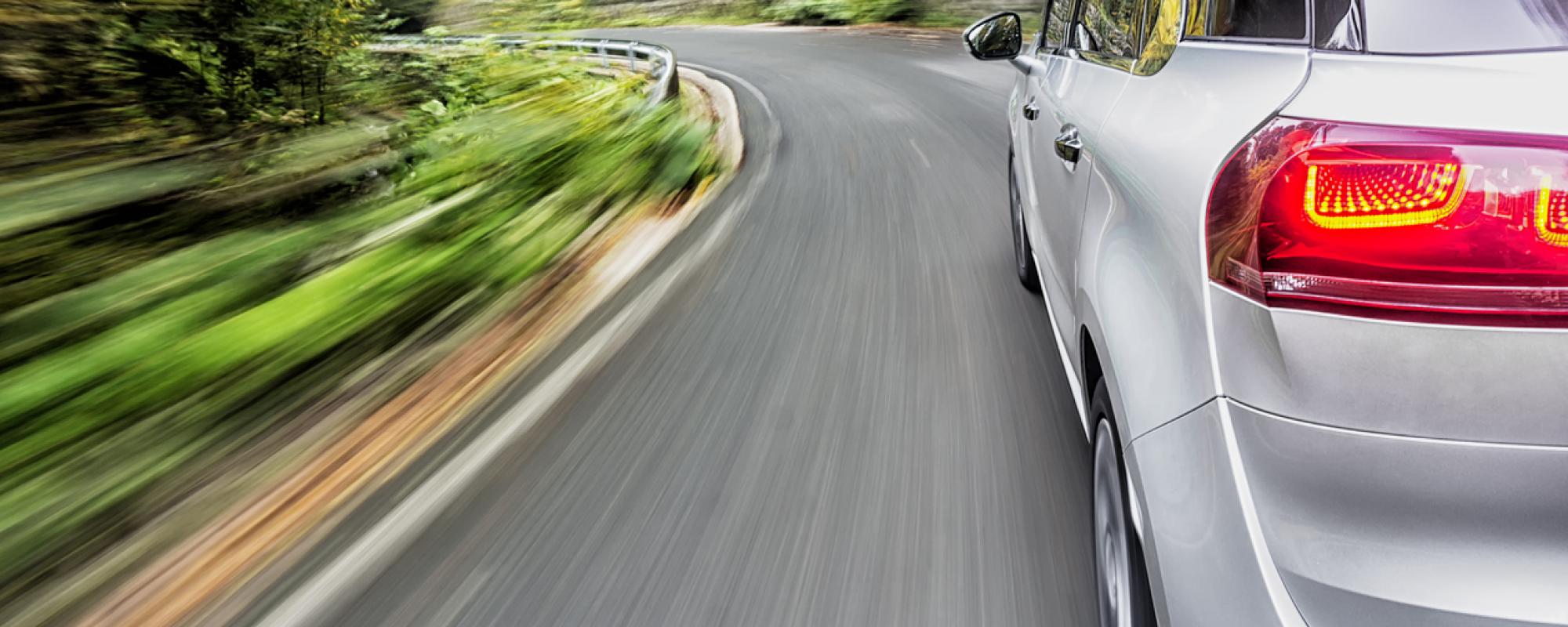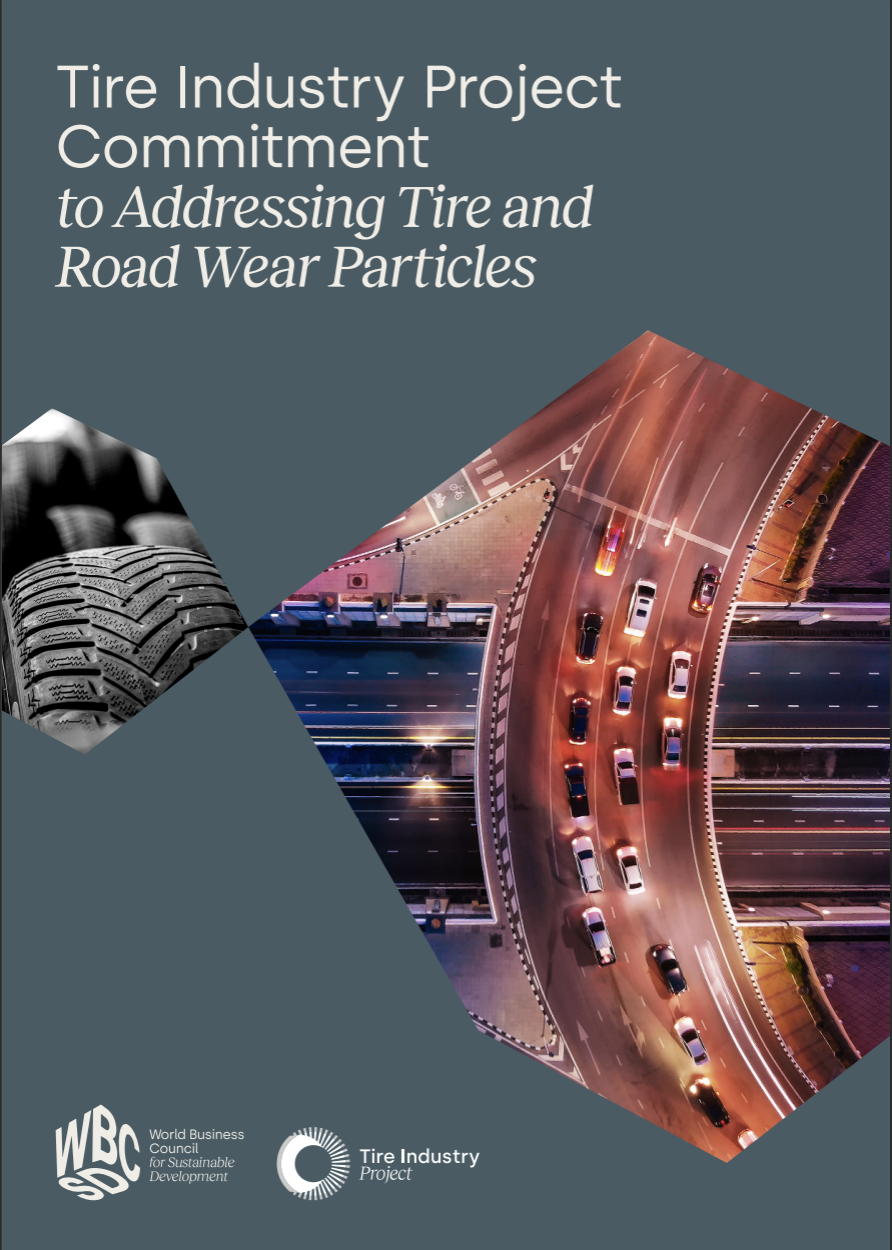What are Tire and Road Wear Particles (TRWP) and why do tires produce them?
Tires are one of the most important safety components of a car. In addition to supporting the vehicle’s weight, absorbing impacts and withstanding multiple weather conditions, tires are a car’s only connection to the road. This is why the grip between a tire and the road surface is essential to tire safety and performance, and the critical grip also leads to abrasion of both tire and road surface, producing tiny debris called tire and road wear particles (TRWP). TRWP are a mixture of tire tread and road pavement material.
Understanding the impact of TRWP
USTMA and its member companies are committed to understanding any potential impacts of tire and road wear particles. Since 2005, our members have supported peer-reviewed scientific studies related to TRWP conducted by the Tire Industry Project (TIP) organized under the World Business Council for Sustainable Development (WBCSD). TIP has assessed potential environmental and human health impacts associated with particles from tires and more information can be located on the organization’s website.
In 2021, TIP created a detailed plan for the tire sector, the TIP Tire Sector Sustainable Development Goal (SDG) Roadmap, which laid out a global agenda to tackle the most pressing social, environmental and economic challenges by 2030. The Roadmap focuses on areas where the tire sector has the greatest potential to lead, influence and accelerate action, including efforts to understand the potential impact of TRWP and efforts to engage with stakeholders to identify, assess and promote mitigation options.
The Tire Industry Project and its partners continue this charge with a focus on mitigation of TRWP through:
- Conducting and supporting research to identify and fill data gaps in the science of the potential impacts of TRWP and effective approaches to mitigation;
- Accelerating the development and implementation of science-based pilot projects of mitigation solutions in the environment and at the point of generation (tires, roads and vehicles) and promotion best management practices; and
- Supporting and accelerating the efforts of others to advance mitigation solutions
Read more about the industry's commitment to understanding and mitigating TRWP here.
Leading the way in minimizing TRWP through tire abrasion measurement & mitigation
With many factors impacting the generation, migration and transformation of TRWP, effective mitigation requires a multi-faceted approach by the tire industry. To reduce TRWP generation, USTMA and its members support standardizing testing methods to measure tire abrasion to understand the abrasion rates of different tires. This work is happening via three major forums--the United Nations Economic Commission for Europe (UNECE), the International Organization for Standardization (ISO and the European Commission (EC).
UNECE process to establish emission thresholds
In 2024, the UNECE Task Force on Tyre Abrasion finalized a methodology for measuring tire abrasion, which will amend UN Regulation No. 117. This unified standard will help ensure consistent testing across the industry and pave the way for ongoing improvements in tire technology. The Task Force aims to to confirm emmissions thresholds in 2025 for passenger car tires with other vehicle tire categories to follow.
New Euro 7 regulations for a cleaner future
The adoption of the European Commission (EC) Euro 7 regulation in 2023 is a major milestone in this journey. The regulation includes performance requirements for tire abrasion that will take effect progressively, starting with new types of passenger car types in 2028, followed by existing passenger car tire types in 2030. Light commercial vehicle tires and heavy vehicle tires will follow from 2030 to 2034. The EC has agreed to align with the UNECE on the establishment of limits for tire abrasion as well as a feasible timeline for all tire types.
Can TRWP generation be reduced? A multi-faceted approach
Many factors impact tire wear, including tire design, vehicle characteristics (such as weight, distribution of load, location of driving wheels and suspension types), road surface (material, runoff design, roughness), weather (humid or dry, hot or cold), road topology (hilly or flat, winding or straight), and driving behavior (aggressive or smooth driving, high or moderate speed, respecting the correct inflation pressure, braking). As a result, there is no one-size-fits-all solution to reduce tire wear and the generation of TRWP.
Effective reduction of TRWP will require a multi-faceted approach. Strategies to reduce the generation of particles from tires could include:
- New developments in the automotive and infrastructure value chains (such as devices installed on the vehicle that collect particles and smoother pavement surfaces made with rubber modified asphalt).
- Ensuring proper tire inflation and smooth driving behavior.
Sustainable infrastructure: Rubber-modified asphalt and road improvements
In addition to continuous improvements to the driving performance of the tires we design, incorporating sustainable infrastructure in roadway development can provide long-term solutions for reducing TRWP. Specifically, USTMA is encouraged by the documented benefits of rubber-modified asphalt (RMA).
Rebuilding America’s roads can be done with the future in mind, including investments in technologies that increase driver safety and reduce environmental impacts such as roadway runoff. USTMA, therefore, supports additional scientific research into the use of sustainable infrastructure technologies to better understand their long-term benefits, performance, and environmental impacts.
Sustainable infrastructure: Bioswales and infiltration galleries
Green infrastructure, such as stormwater infiltration galleries and bioswales (rain gardens), has also proven effective in reducing the impact of potential pollutants:
- The San Francisco Estuary Institute (SFEI) found that microparticles were well captured by raingardens, reducing microplastics in stormwater runoff by 91 percent.
- The U.S. Environmental Protection Agency identifies the use of bioswales as a solution for reducing pollutant loads in stormwater.
- CalRecycle research found that stormwater infiltration galleries made with tire-derived aggregate reduce stormwater pollutants such as zinc and iron by over 80 percent.
- Research by the University of Minnesota found stormwater galleries with tire chips reduce pollutants in stormwater runoff by over 60 percent.
How consumers can make a difference
Drivers can reduce the amount of TRWP produced by maintaining proper tire pressure, since under-inflated tires can impact tire safety, performance and tread life by accelerating tire wear. Drivers can also reduce the amount of TRWP produced by driving smoothly, as aggressive driving accelerates tire wear. USTMA recommends that consumers check their pressure at least monthly to ensure proper inflation and to maximize the performance and life of the tire.
Proper inflation: A simple but effective solution
U.S. EPA estimates that maintaining proper tire inflation, which keeps the tire at its optimal rolling efficiency, can improve vehicle fuel mileage by an average of 0.6% — and up to 3% in some cases. USTMA and its members work constantly to educate the public on the importance of proper tire inflation in both driving and environmental performance.
Cryo-milled Tire Tread (CMTT) Samples Available for Researchers
USTMA and the World Business Council for Sustainable Development (WBCSD) Tire Industry Project (TIP) support ongoing scientific study of TRWP, including any potential human health or environmental impacts. USTMA is providing 100 g samples of CMTT material, free of charge for academic institutions, non-profit organizations and government entities. Questions should be directed to 202-682-4800 or tnorberg@ustires.org.



